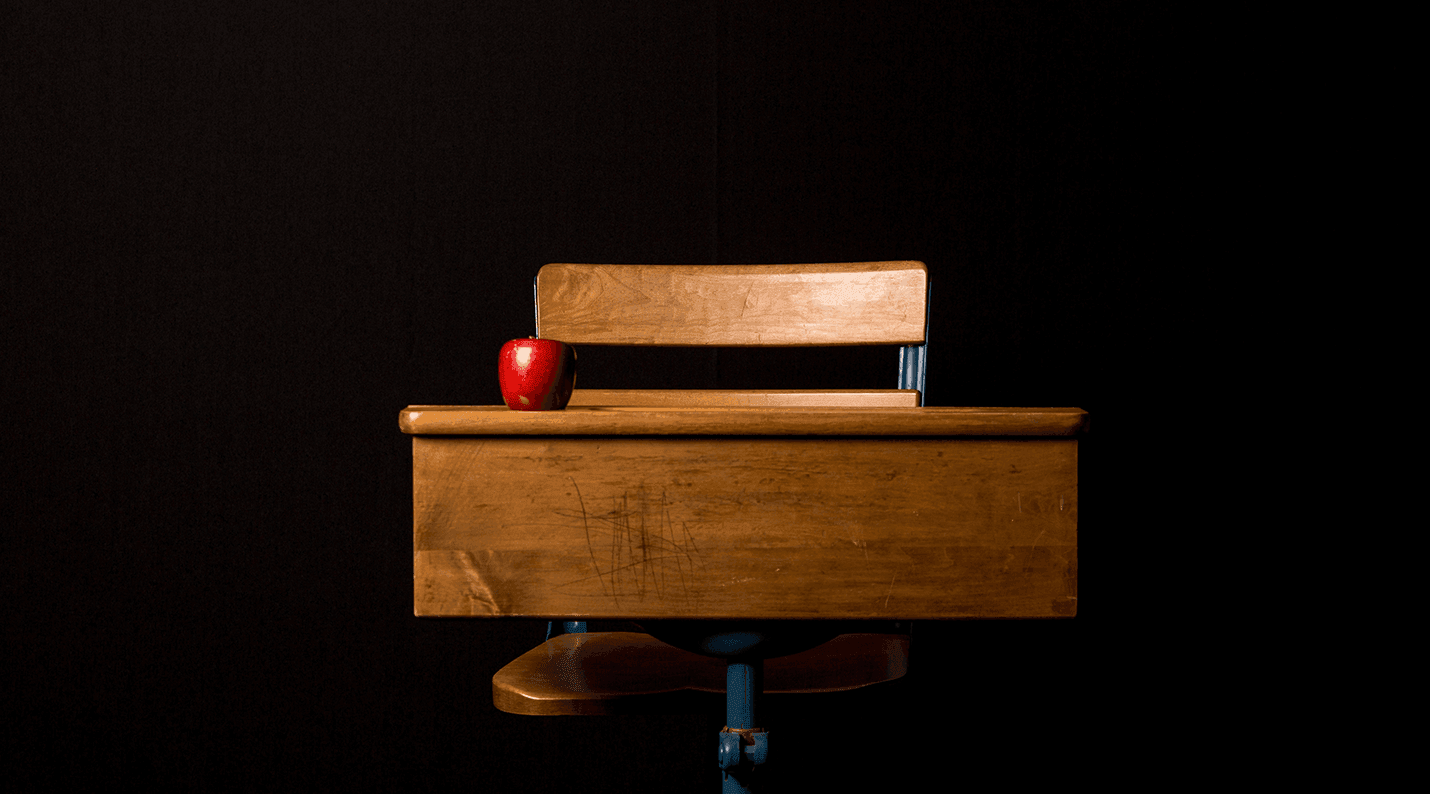I am an enormous fan of the Milkman, Akinola and Chugh research, covered on The Psych Report, that highlighted how the implicit pathways of access to graduate schools work against women and minorities. Their work shows the subtle ways in which many professors discriminate in terms of who they even talk to about admission to their universities. These scholars highlight how so many of us may perpetuate discrimination in university contexts without any ill intent.
In my book, The Power of Noticing, I highlight another indirect way in which we create harm, through our acceptance of legacy admissions processes. Our silence about these immoral affirmative action programs for the well-connected allows discrimination to continue, and like the work of Milkman and her colleagues, without any ill-intent to harm those that suffer. We need to fix our institutions so that we not only eliminate the intent to harm, but we eliminate the harm itself.
The Rejected Student Who Didn’t Complain
Consider the following two types of Ivy League admissions programs designed to grant special access to students:
- Affirmative action
- Children of wealthy, well-connected parents and/or students applying from elite high schools
Many of us are broadly aware of affirmative action programs intended to increase diversity, usually ethnic diversity, perhaps because of the court challenges to the practice, including Supreme Court decisions in 2013. More interesting, however, is the fact that many of us are quite uninformed about a very different affirmative action program at nearly every major American university, including Ivy League schools, to aid the privileged.
Universities have a reputation for creating meritocracies, yet the leading form of affirmative action at many excellent schools is “legacy admissions,” the policy of admitting children of alumni, donors, and other well-connected individuals, some of whom are inevitably less qualified than the very best students who end up rejected. The clear consequence of legacy admission policies in elite institutions is that unqualified, less capable applicants from privileged social groups are favored over more qualified, unconnected applicants. According to Peter Schmidt of the Chronicle of Higher Education, most Ivy League schools fill 10 to 15 percent of their freshman classes with legacies (1). Even some taxpayer- funded universities, such as the University of Virginia, have a legacy system.
Many university officials minimize the impact of legacy admissions, suggesting that at worst they are simply tie-breakers among very qualified applicants. Careful analysis suggests otherwise. While some legacy admits are just as qualified as other applicants, a Department of Education report concluded that the typical Harvard University legacy student is “significantly less qualified” than the average nonlegacy student in every realm but sports (2). Princeton University professor Thomas Espenshade, who studies diversity in higher education, estimates that having an alumni parent is worth 160 SAT points (on a 1,600-point scale) (3). Harvard Graduate School of Education doctoral student Michael Hurvitz estimates that having an alumni parent increases the probability of acceptance at Harvard and other prestigious universities by over 40 percent (that is, someone with a 15 percent chance will gain a better than 50 percent chance of acceptance), controlling for other factors (4).
Thus university officials who invoke the idea of a tie-breaker when talking about legacy admits are either dishonest or grossly ill-informed. Or quite possibly they enjoy the benefits of motivated blindness. The advantages to the universities of maintaining legacy admission policies are clear. Accepting the marginally qualified children of wealthy, loyal alumni can be predicted to lead to increased donations. Admitting qualified children of poor or middle-income parents can be equally predicted to not lead to donations. To rationalize its decisions, the university can claim that these donations enable financial aid for other admitted students who are less wealthy.
I honestly believe (and hope) that years from now we will look back and be shocked that the leading universities in the United States would continue such elitist and racist policies into the twenty-first century. Legacy admissions started at a time when society accepted that the privileged were entitled to spots at schools such as Yale, Princeton, and Harvard. But in response to those who now support such policies on the basis of tradition, it is important to note that legacy admissions policies were created in the early 1900s to keep new immigrants, such as Jews, from gaining admission at high rates (5). While I want to believe that most university officials have good intentions, it is disturbing that this racist, elitist policy remains so well accepted today. Which begs the obvious question: Why hasn’t there been more of an uproar regarding these unethical policies at our leading universities?
The answer is straightforward: because the harms caused by these policies are ambiguous and hard to notice. The erosion of the meritocracy occurs incrementally as universities make room for more and more legacy admits. And, critically, the people who are disadvantaged by these policies don’t complain; that is, qualified applicants who are rejected in favor of marginally qualified or unqualified legacy admits remain anonymous. Surely they are upset about being rejected, so why don’t we hear from them? Because they don’t know why they were rejected, nor do we.
Imagine a small change in the process of university admissions toward greater transparency. What if universities had to make public the names of students who would have been accepted if less-qualified legacy admits hadn’t taken their slots? My guess is that this transparency would make the disgrace of legacy admits clear and salient to all, the rejected students and the media would complain, and the system would have to change.
From The Power of Noticing by Max Bazerman. Copyright © 2014 by Max Bazerman. Reprinted by permission of Simon & Schuster, Inc.
References
1. “The Curse of Nepotism,” Economist, January 8, 2004.
Disclosure: Max Bazerman serves on The Psych Report’s Advisory Board.






